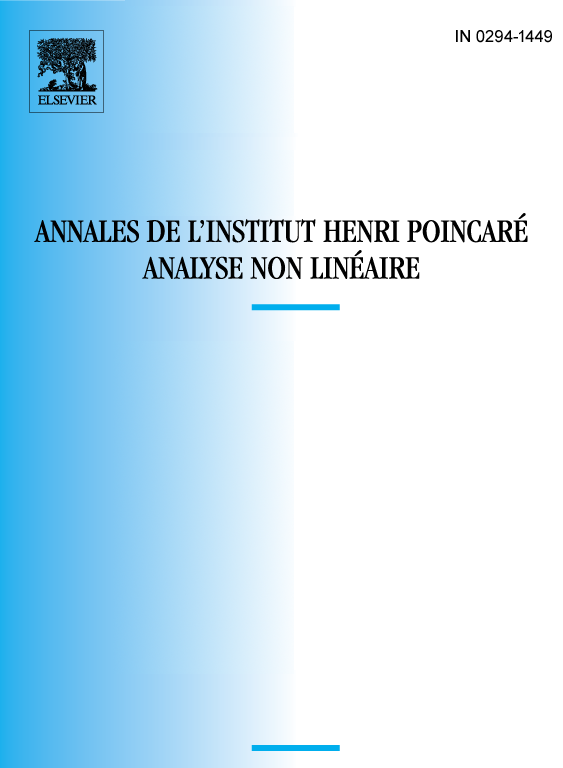Stability for semilinear parabolic equations with decaying potentials in and dynamical approach to the existence of ground states
Philippe Souplet
Département de Mathématiques, INSSET, Université de Picardie, 02109 St-Quentin, France; Laboratoire de Mathématiques Appliquées, UMR CNRS 7641, Université de Versailles, 78035 Versailles, FranceQi S. Zhang
Department of Mathematics, University of Memphis, Memphis, TN 38152, USA

Abstract
Consider the elliptic problem
with , , and , which may decay to 0 at infinity. We prove that if is radial and satisfies
then (1) admits a (ground state) positive solution. We do not use traditional variational methods and the result relies on the study of global solutions of the parabolic problem
Indeed, we will show that, under suitable conditions on (not necessarily radial), (2) admits global positive solutions and that when and are radial some global solutions have -limit sets containing a positive equilibrium. The method also covers nonlinearities more general than , in which case the standard variational method may be hard to apply.
Résumé
Nous considérons le problème elliptique
avec , et , pouvant tendre vers 0 à l'infini. Nous prouvons que si est radial et satisfait
alors (1) admet une solution positive (état fondamental). Nous n'utilisons pas les méthodes variationnelles traditionnelles : le résultat repose sur l'étude des solutions globales du problème parabolique
En effet, nous montrons que, sous des conditions appropriées sur (non nécessairement radial), (2) admet des solutions globales positives et que, lorsque et sont radiales, l'ensemble -limite de certaines solutions globales contient un état d'équilibre positif. La méthode s'applique également à des non-linéarités plus générales que , pour lesquelles la méthode variationnelle classique pourrait être difficilement applicable.
Cite this article
Philippe Souplet, Qi S. Zhang, Stability for semilinear parabolic equations with decaying potentials in and dynamical approach to the existence of ground states. Ann. Inst. H. Poincaré Anal. Non Linéaire 19 (2002), no. 5, pp. 683–703
DOI 10.1016/S0294-1449(02)00098-7